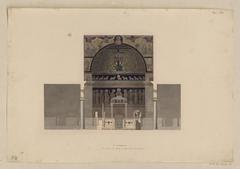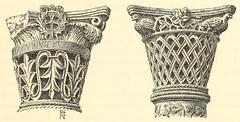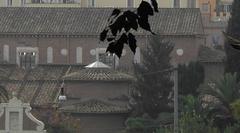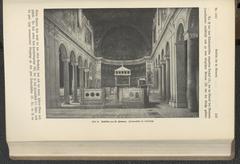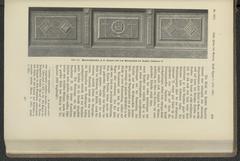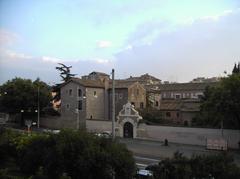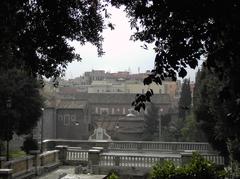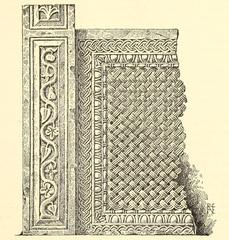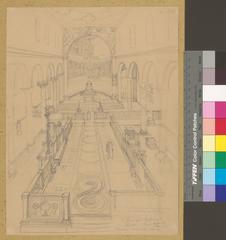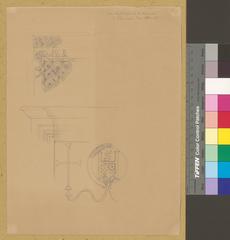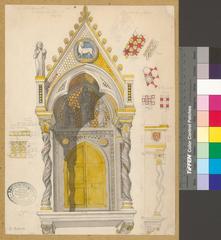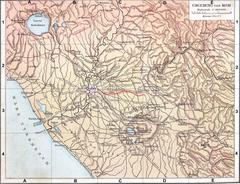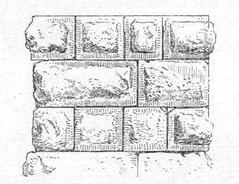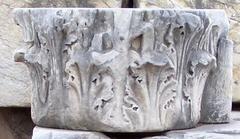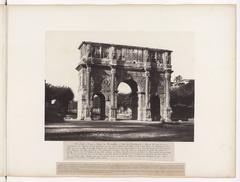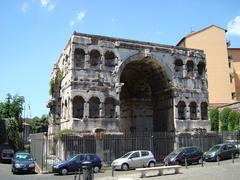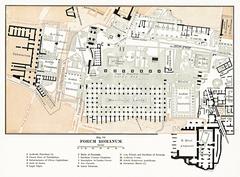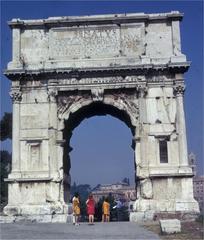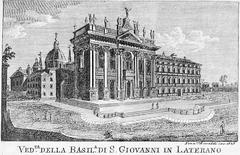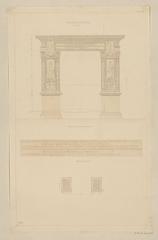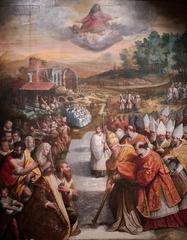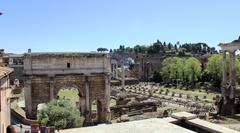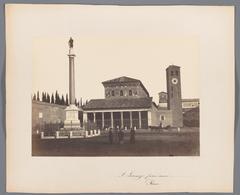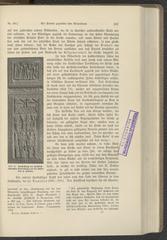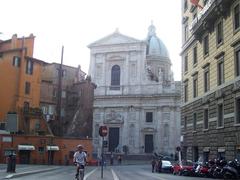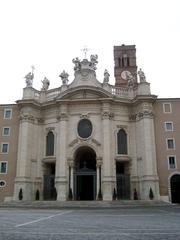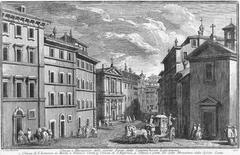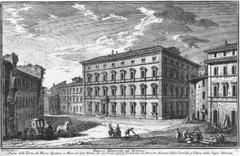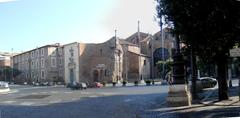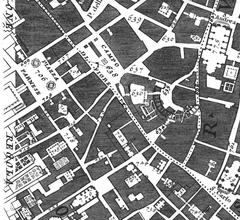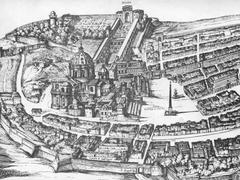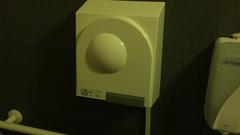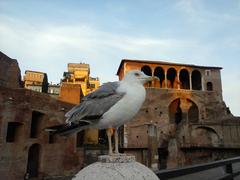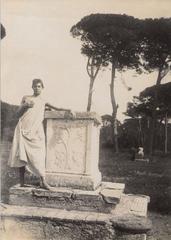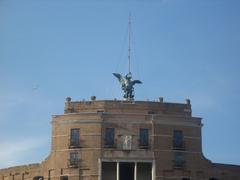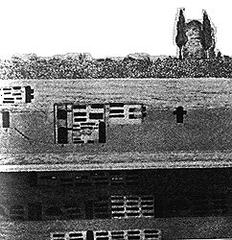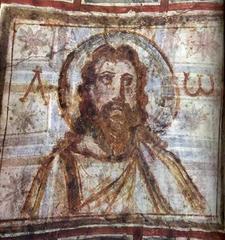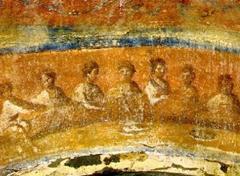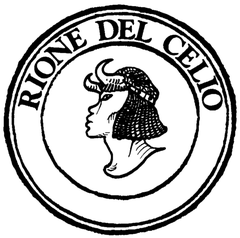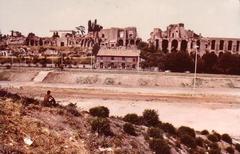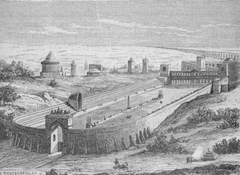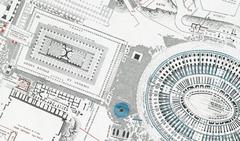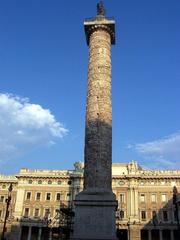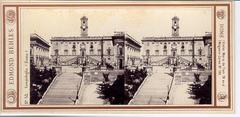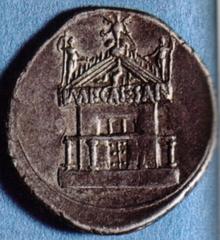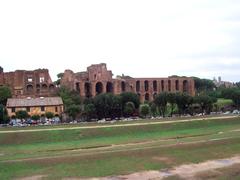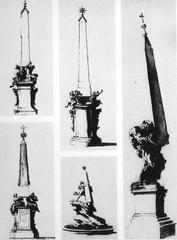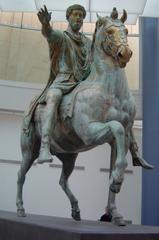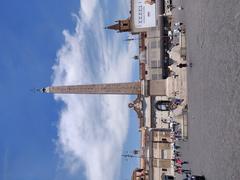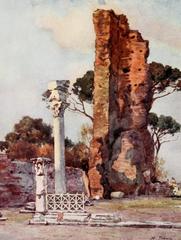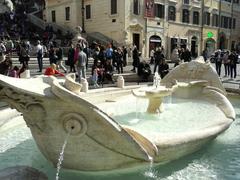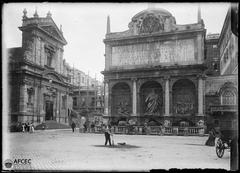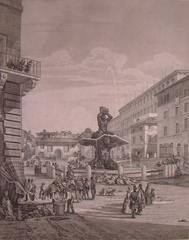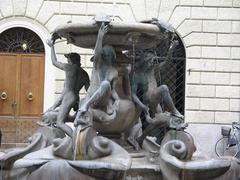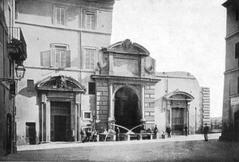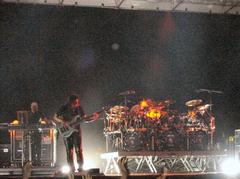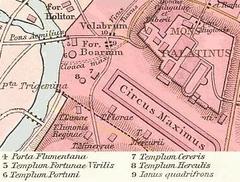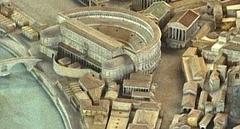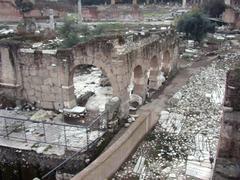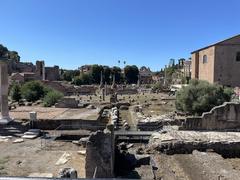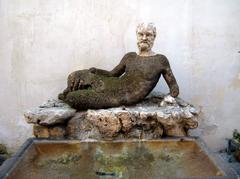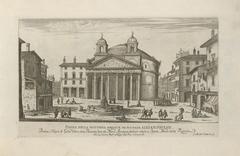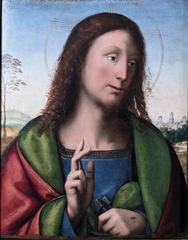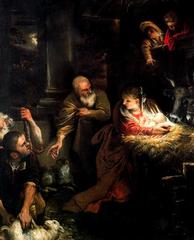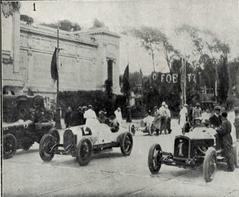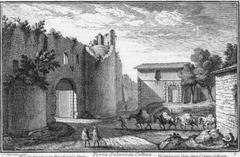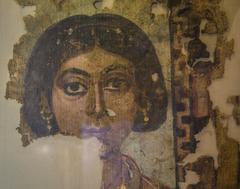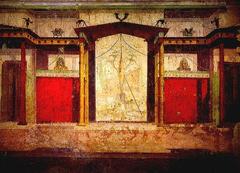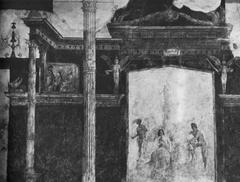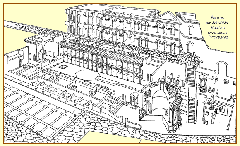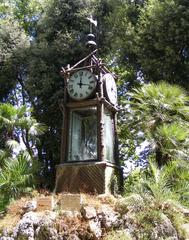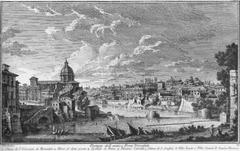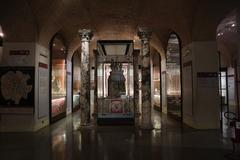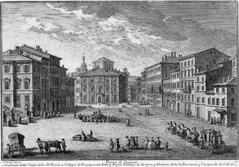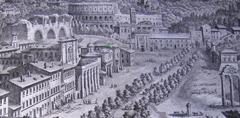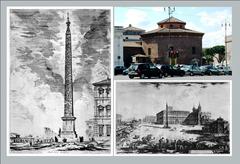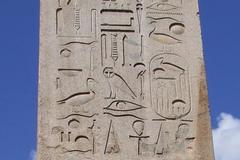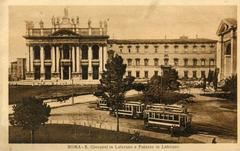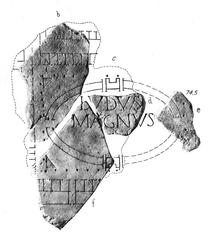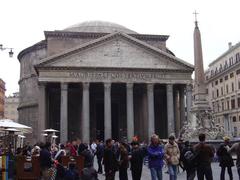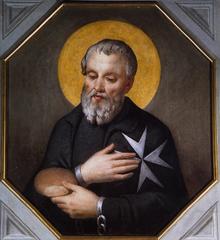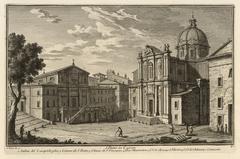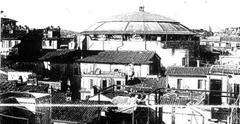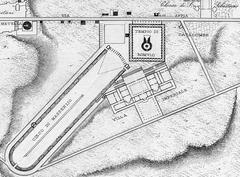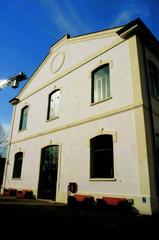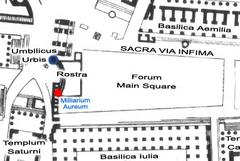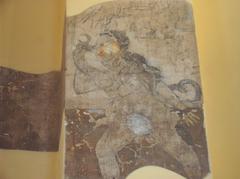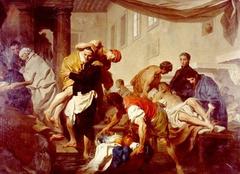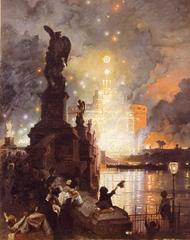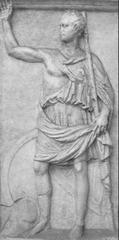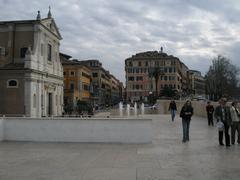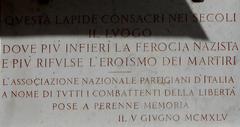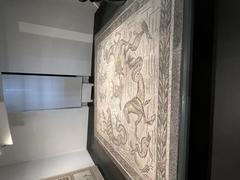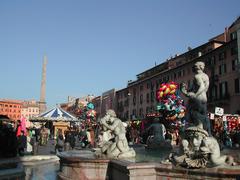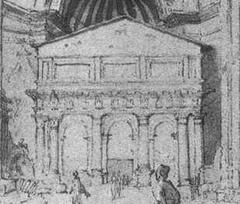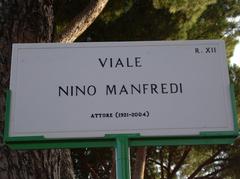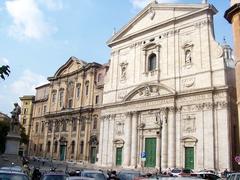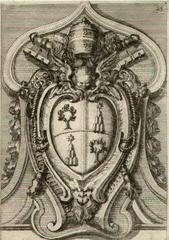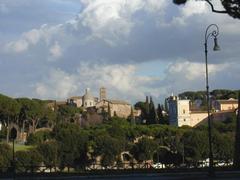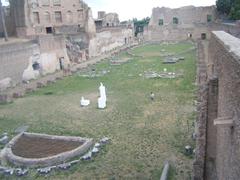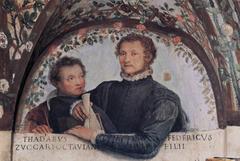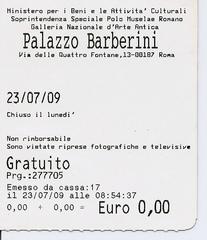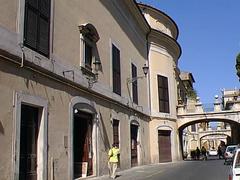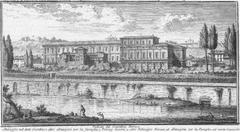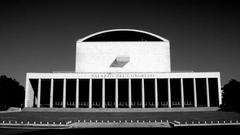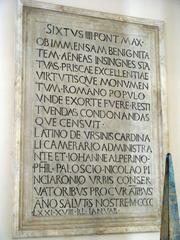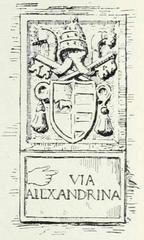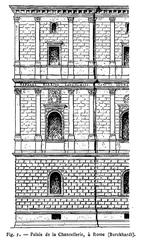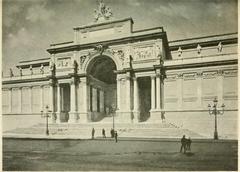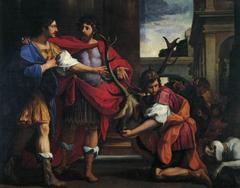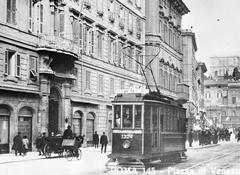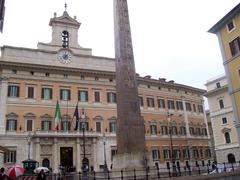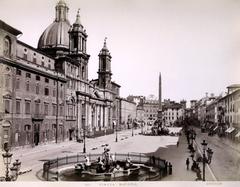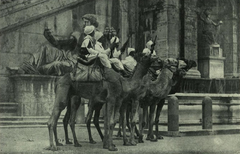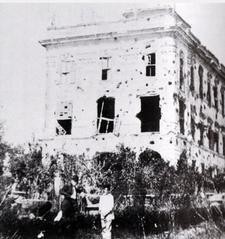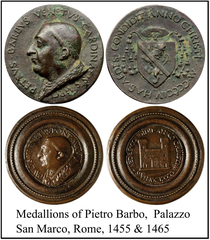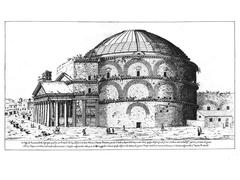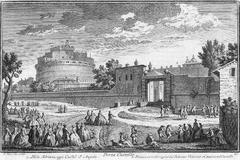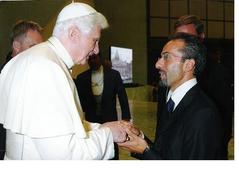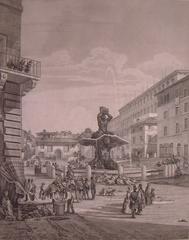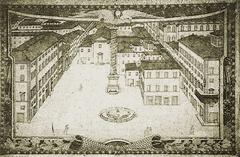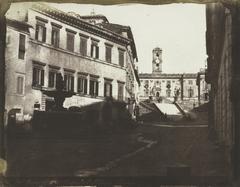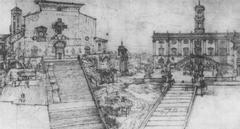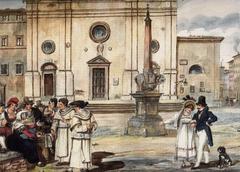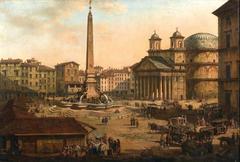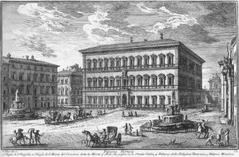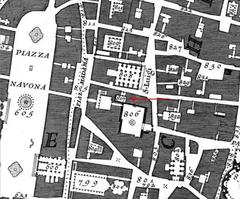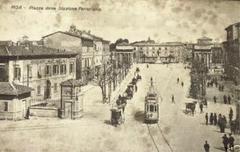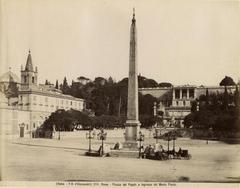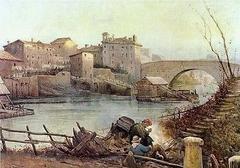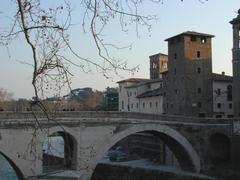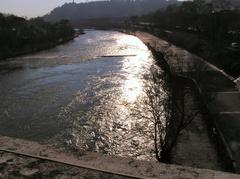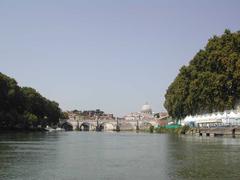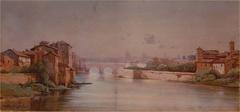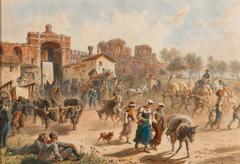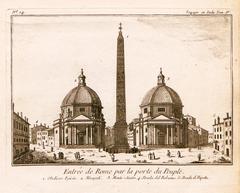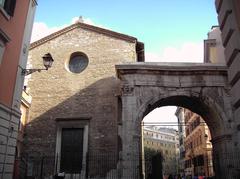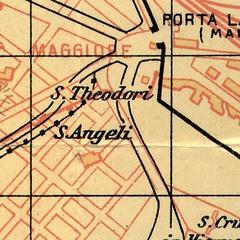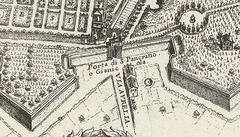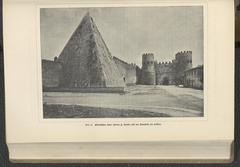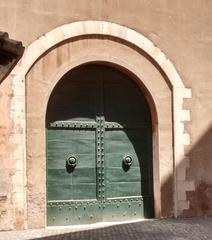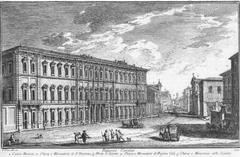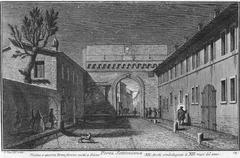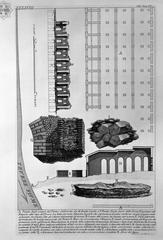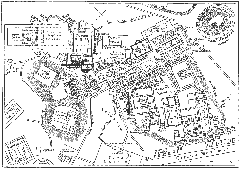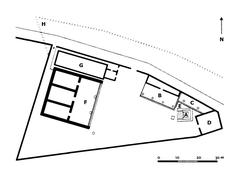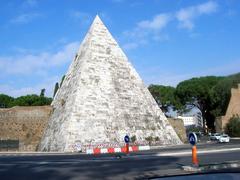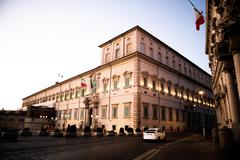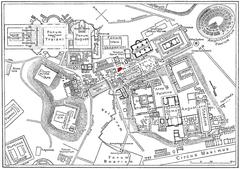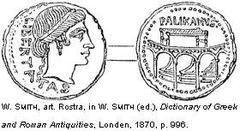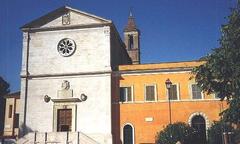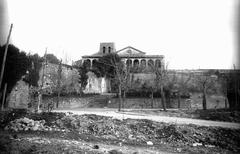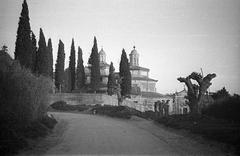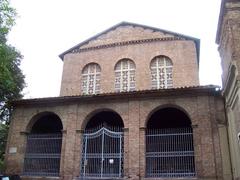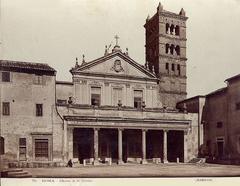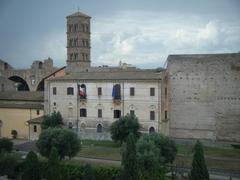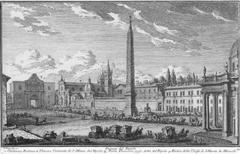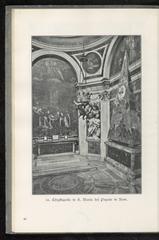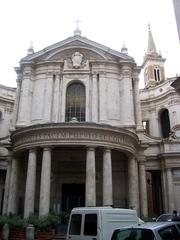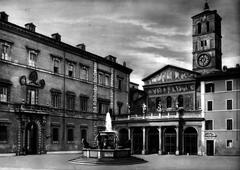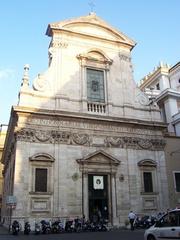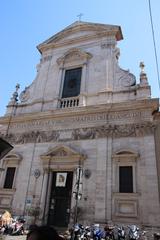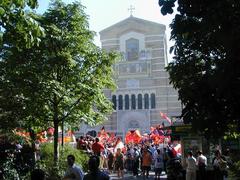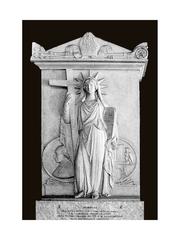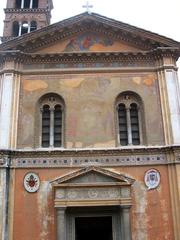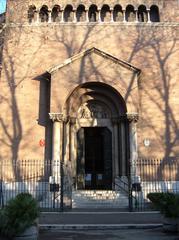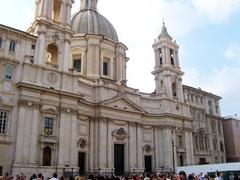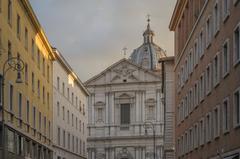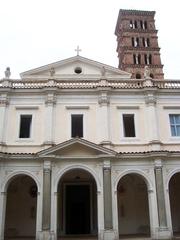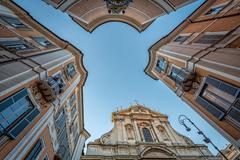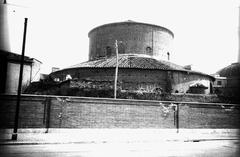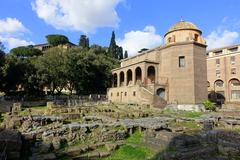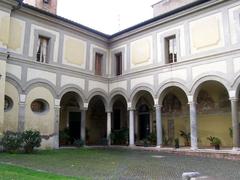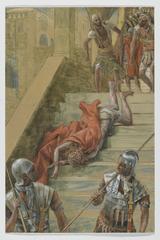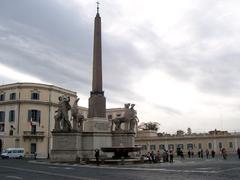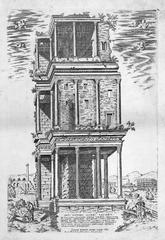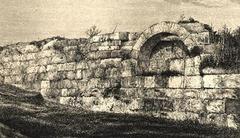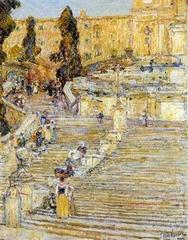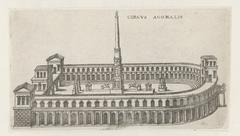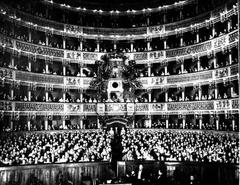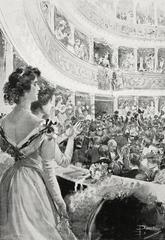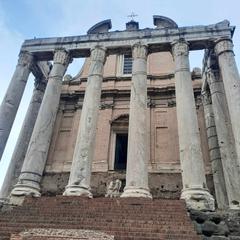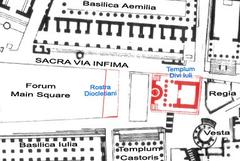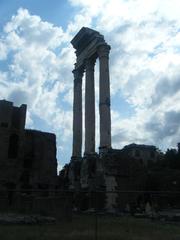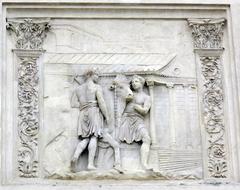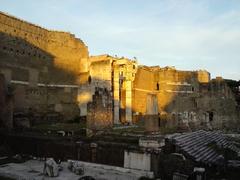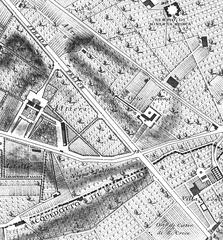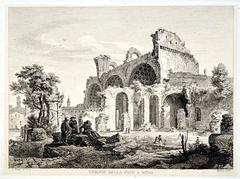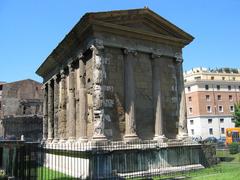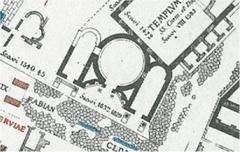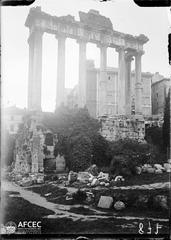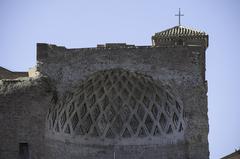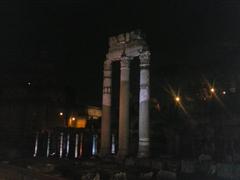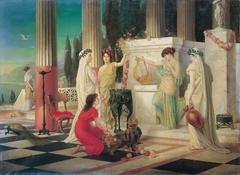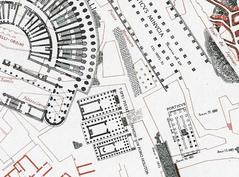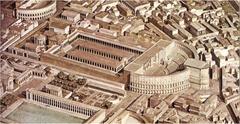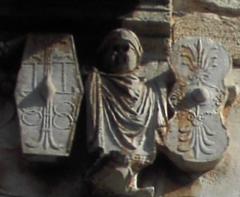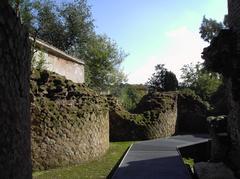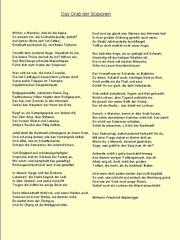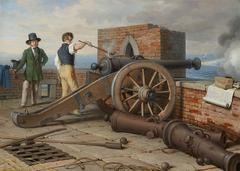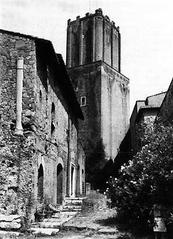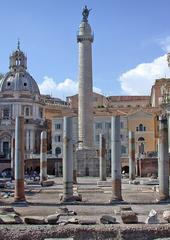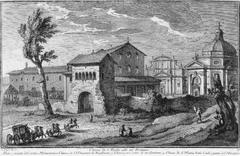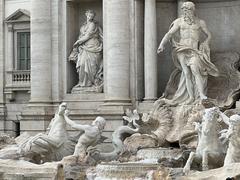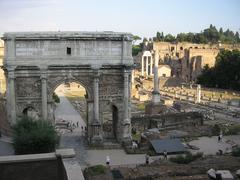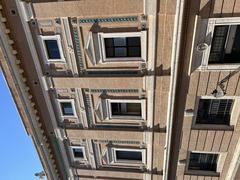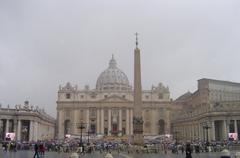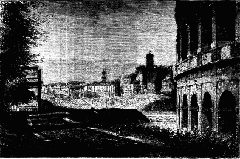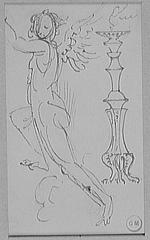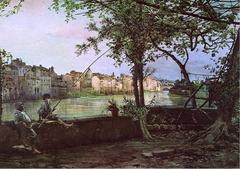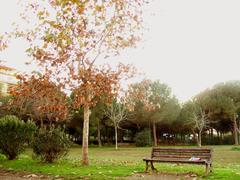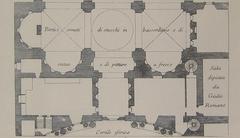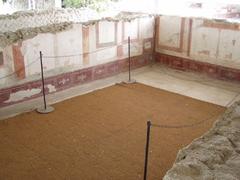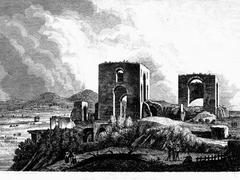
Basilica di San Clemente al Laterano: Visiting Hours, Tickets, and Historical Insights
Date: 18/07/2024
Introduction
The Basilica di San Clemente al Laterano in Rome, Italy, is much more than just an architectural marvel; it is a profound journey through nearly two millennia of Roman history and spirituality. Nestled in the heart of Rome, this basilica offers visitors a unique opportunity to explore the city’s transformation from its pagan roots to the rise of Christianity. This comprehensive guide delves into the basilica’s layered history, artistic treasures, and practical visitor information, making it an indispensable resource for anyone planning a visit. The basilica’s significance lies not just in its religious importance but also in its ability to encapsulate various historical epochs within its walls. From a 1st-century Roman house (domus) to a 2nd-century Mithraeum, and finally, the 4th and 12th-century basilicas, each layer of the basilica tells a story of transformation and continuity. (source)
Table of Contents
- Introduction
- Early Beginnings - A Roman Domus
- The Rise of a Mithraeum
- The First Basilica
- The Current Basilica
- Religious Significance
- Artistic Treasures
- Visitor Information
- Nearby Attractions
- FAQs
- Conclusion
Exploring the Basilica di San Clemente al Laterano - History, Art, and Visitor Information
Early Beginnings - A Roman Domus
Our journey begins with the ruins of a 1st-century Roman domus (house) located beneath the current basilica. This ancient dwelling, belonging to a wealthy Roman named Titus Flavius Clemens, features intricate frescoes, a functioning drainage system, and even a secret underground chamber believed to have been used for early Christian worship. This chamber hints at the religious transformation that would soon sweep through Rome.
The Rise of a Mithraeum
As we ascend through the layers of history, we encounter a 2nd-century Mithraeum, a temple dedicated to the Persian god Mithras. Mithraism, a mystery cult popular among Roman soldiers, held secret rituals within this space. The well-preserved Mithraeum features an altar depicting the god slaying a bull, a central symbol in Mithraic belief. This tangible evidence of a once-thriving pagan religion adds another layer of intrigue to San Clemente’s story.
The First Basilica
By the 4th century, Christianity had taken root in Rome. The first basilica dedicated to Pope Clement I, an early church leader, was constructed atop the ruins of the Roman domus and Mithraeum. Built during the reign of Constantine the Great, this basilica marked a turning point in Roman history, signifying the burgeoning dominance of Christianity.
The Current Basilica
In the 12th century, the original basilica, damaged by the sack of Rome in 1084, was replaced with the structure we see today. This new basilica, built on the foundations of its predecessor, incorporated elements of the old structure, including its stunning choir enclosure and marble columns. The result is a harmonious blend of architectural styles, reflecting the basilica’s rich and layered past.
Religious Significance
The Basilica di San Clemente al Laterano holds deep religious significance as it’s dedicated to Pope Clement I, the third successor to St. Peter. Clement, believed to have been martyred around 100 AD, is a significant figure in early Church history. His letter to the Corinthians provides valuable insights into the early Church’s organization and beliefs.
Artistic Treasures
Beyond its historical significance, the Basilica di San Clemente al Laterano is a treasure trove of art and architecture.
The Apse Mosaic
The apse mosaics, dating back to the 12th century, are a masterpiece of Byzantine art. These vibrant mosaics depict Christ enthroned in majesty, surrounded by saints and angels.
Frescoes of the Life of St. Clement
The basilica houses a series of frescoes attributed to Masolino da Panicale, an early Renaissance painter. These frescoes, depicting scenes from the life of St. Clement, showcase the evolving artistic styles of the time.
The Schola Cantorum
This enclosed area, located in the nave, was used by the choir during services. It’s a beautiful example of Cosmatesque art, characterized by intricate geometric patterns created using colored marble and glass.
The Cloister
Adjacent to the basilica, the peaceful cloister provides a serene escape from the bustling city. The cloister’s double-columned arcade, decorated with intricate carvings and mosaics, surrounds a tranquil garden.
Visitor Information
Tickets and Opening Hours
The Basilica di San Clemente al Laterano is open every day from 9:00 AM to 12:30 PM and from 3:00 PM to 6:00 PM. Tickets can be purchased at the entrance, with adult tickets priced at €10 and reduced tickets for students and seniors at €5. Guided tours are available and highly recommended to fully appreciate the basilica’s rich history and art.
Guided Tours
Guided tours of the Basilica and the excavations are available in English and Italian. These tours offer a deeper understanding of the history and art of the complex. You can book a guided tour through the official website or directly at the ticket office.
Dress Code
As with most religious sites in Rome, a respectful dress code is required to enter the Basilica di San Clemente al Laterano. Ensure your shoulders and knees are covered.
Accessibility
The Basilica is partially accessible to wheelchair users. While the main level of the Basilica is accessible via a ramp, the lower levels, including the excavations, are not.
Photography
Photography is permitted inside the Basilica, but without flash. Tripods and selfie sticks are not allowed.
Nearby Attractions
Colosseum
No trip to Rome is complete without a visit to the Colosseum, the largest amphitheater ever built. Located just a 15-minute walk from the Basilica, the Colosseum offers a glimpse into the Roman Empire’s grandeur and its brutal gladiatorial games. (Colosseum Official Website)
Roman Forum
Adjacent to the Colosseum lies the Roman Forum, the ruins of ancient Rome’s political, religious, and social center. Explore the remnants of temples, basilicas, and triumphal arches while imagining the bustling life that once filled this space. (Roman Forum Information)
Domus Aurea
A short walk from the Colosseum will take you to the Domus Aurea, the opulent palace built by Emperor Nero after the Great Fire of Rome in 64 AD. Though much of the palace is buried, visitors can explore the excavated sections and marvel at the intricate frescoes and innovative architecture. (Domus Aurea Official Website)
Basilica di San Giovanni in Laterano
Just a stone’s throw from San Clemente, the Basilica di San Giovanni in Laterano is Rome’s cathedral and the Pope’s official seat as the Bishop of Rome. This grand basilica boasts stunning Renaissance and Baroque art and architecture, making it a must-visit for art and history enthusiasts. (Basilica di San Giovanni in Laterano Information)
Holy Stairs
Located opposite the Basilica di San Giovanni in Laterano, the Scala Sancta or Holy Stairs are believed to be the steps that Jesus Christ ascended during his trial before Pontius Pilate. Covered in wood for protection, pilgrims ascend these stairs on their knees as an act of penance. (Holy Stairs Information)
Baths of Caracalla
For a glimpse into ancient Roman bathing rituals, head to the Baths of Caracalla, a short bus ride from the Basilica. These impressive ruins showcase the grandeur of Roman public baths, with remnants of mosaics, marble floors, and soaring walls. (Baths of Caracalla Official Website)
Appian Way
History buffs can take a walk or bike ride along the ancient Appian Way, one of the earliest and strategically important Roman roads. Starting near the Baths of Caracalla, the Appian Way is lined with ancient tombs, catacombs, and ruins, offering a fascinating journey through time. (Appian Way Information)
Trastevere Neighborhood
Cross the Tiber River to explore the charming Trastevere neighborhood, known for its narrow cobblestone streets, ivy-covered buildings, and lively atmosphere. Enjoy traditional Roman cuisine, browse artisan shops, or relax in one of the many cafes and bars. (Trastevere Neighborhood Guide)
FAQs
Q: What are the Basilica di San Clemente al Laterano visiting hours? A: The basilica is open every day from 9:00 AM to 12:30 PM and from 3:00 PM to 6:00 PM. Check the official website for any changes.
Q: How much do tickets cost to visit the basilica? A: Adult tickets are €10, and reduced tickets for students and seniors are €5.
Q: Are guided tours available? A: Yes, guided tours are available and highly recommended.
Q: Is the basilica accessible for visitors with mobility impairments? A: The upper level is accessible, but the lower levels may be challenging to navigate due to the ancient structure.
Q: What are some nearby attractions? A: Nearby attractions include the Colosseum, the Roman Forum, and the Palatine Hill.
Conclusion
Visiting the Basilica di San Clemente al Laterano is an unforgettable experience, offering a captivating journey through time and art. By understanding its architectural features and appreciating its artistic treasures, you can unlock the secrets of this remarkable site and gain a deeper appreciation for the layers of history that make Rome so unique. Download the Audiala mobile app for more travel insights and follow us on social media for updates on historical sites and travel tips. (source, source)
References
- Exploring the Basilica di San Clemente al Laterano - History, Art, and Visitor Information, 2024, source
- Explore Basilica di San Clemente al Laterano - History, Art, and Visitor Tips, 2024, source
- Visiting Basilica di San Clemente al Laterano - Hours, Tickets, and Nearby Attractions in Rome, 2024, source
